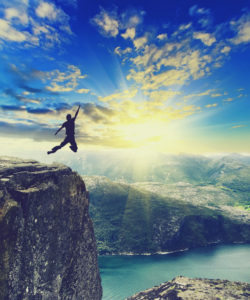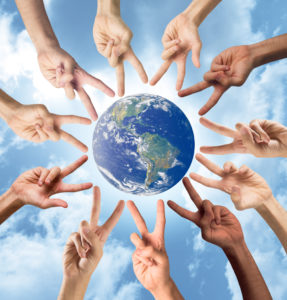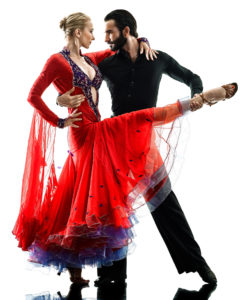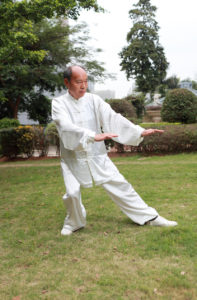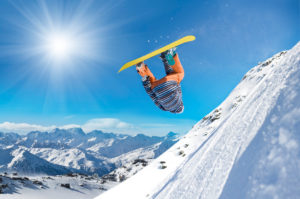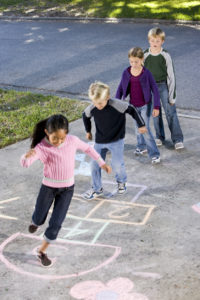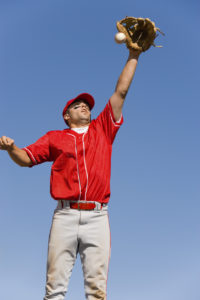CLM: I’ve read that Leonardo da Vinci was interested in “the second form of the human body” – that is, the lines traced by moving limbs on the space around the body. He visualized these forms as circles. Were you aware of that?
R. Laban: Not exactly. But again, circles have been used in figure drawing to help with capturing the figure in motion.
CLM: But your circles are “rhythmic.” What exactly does that mean?
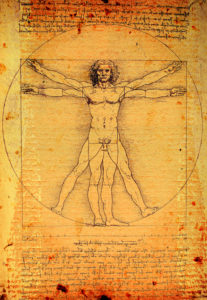
RL: A circle lends itself to continuous motion. That’s why it is often used to symbolize eternity. I’m interested in analyzing the changing movement of the human body. I needed something that involved time, something that broke up the smooth and uniform motion of the circle. That’s a rhythmic circle.
CLM: A rhythmic circle is actually a polygon, isn’t it?
RL: Right. Polygons are still circles in the sense that they are closed forms. But a triangle accentuates three points in the circumference of a circle, a square, four points, and so on. Each accent means a rhythmic break and a slight change in direction.
CLM: You also related these polygonal rhythms of the moving body to “the ever-circling motions in the universe.” I’m not sure what this means.
RL: Geometry has metaphysical aspects. But more practically, I had to relate the rhythmic circles traced by the body to the space around the body. I called that space the kinesphere. It’s our personal universe, the only universe in which we really are the center of all the action.
CLM: So are you saying that the body is at the center of all we do?
RL: There is no action without movement. But the body isn’t the only thing that moves. Thoughts and feelings move as well. Movement is the action of both body and mind!


